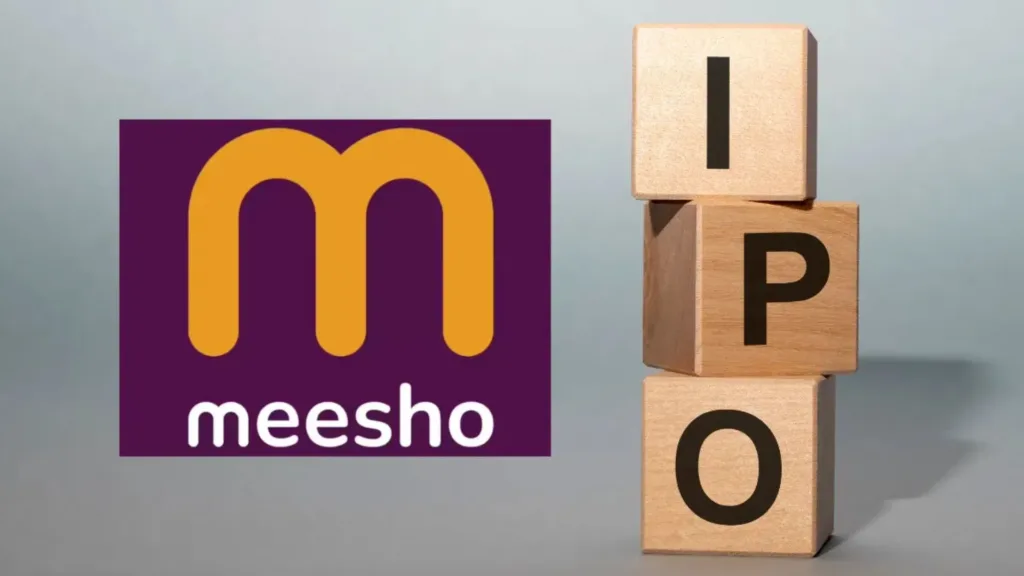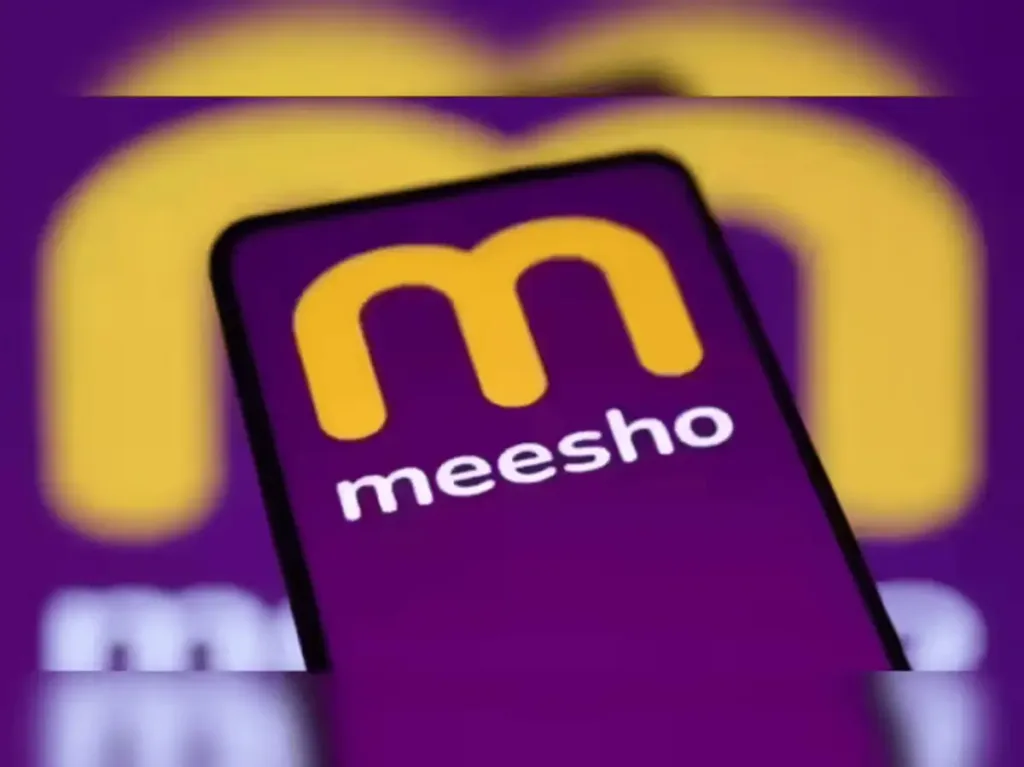Meesho received SEBI approval to raise $800 million via IPO, targeting a $7-8 billion valuation, but the e-commerce platform’s path to public markets faces three major challenges. The company is locked in a ₹127 crore arbitration dispute with Amazon Web Services over alleged non-payment, heavily relies on cash-on-delivery orders that drain efficiency, and posted a ₹3,941 crore loss in FY25.
Table of Contents

Meesho IPO Key Challenges
| Challenge | Details |
|---|---|
| AWS Dispute | ₹127 crore claim over unpaid cloud services |
| CoD Dependency | 75% of orders still cash-on-delivery (Q1 FY26) |
| FY25 Loss | ₹3,941 crore (due to Delaware-to-India HQ shift) |
| IPO Size | ₹4,250 crore fresh issue + offer for sale |
| Valuation Target | $7-8 billion (down from original $10 billion) |
AWS Arbitration Could Impact IPO Valuation
AWS initiated arbitration proceedings against Meesho in New Delhi for alleged non-payment under a February 2022 Private Pricing Addendum, claiming ₹127.45 crore including spend commitment shortfalls, pending service fees, interest, and arbitration costs. Meesho disputes the invoices, alleging deficient AWS services, and filed a counterclaim seeking ₹86.49 crore for business disruption losses and migration costs.
For IPO investors, this legal dispute represents material liability that could affect valuation. AWS holds nearly 30% of the global cloud market share, making vendor relationships critical for e-commerce platforms. Meesho reportedly migrated to Google Cloud after service quality issues, but the contractual minimum spend commitment remains contested.

Cash-on-Delivery: The 75% Problem
In Q1 FY26, 75% of Meesho’s shipped orders were CoD, down from 88.71% in FY23 but still significantly higher than Amazon and Flipkart’s prepaid-dominated models. This creates operational nightmares: CoD orders have just 75.55% delivery success rate compared to 96.33% for prepaid, leading to expensive Return-to-Origin costs where Meesho pays for delivery both directions without revenue.
The company filed complaints against 35 logistics vendors in 2024 for not depositing collected CoD money, highlighting fraud risks. Meesho is tackling this through UPI incentives, prepaid discounts, and limiting CoD for serial cancellers, but the transition remains gradual in Tier-2 and Tier-3 markets where cash preference dominates.
The ₹3,942 Crore Loss That’s Not What It Seems
Meesho’s FY25 loss of ₹3,941 crore primarily resulted from costs of shifting headquarters from Delaware to India, not operational failures. Strip away exceptional items, and the picture improves dramatically: total loss before exceptional items dropped to ₹108 crore in FY25 from ₹315 crore the previous year.
More encouraging: operating revenue rose 23% year-on-year to ₹9,390 crore in FY25, free cash flow turned positive at ₹1,032 crore—rare for Indian e-commerce—and the company shipped over 1.59 billion orders. However, Q1 FY26 showed a net loss of ₹289 crore, indicating continued path to profitability challenges.

The Meesho IPO comprises ₹4,250 crore fresh issue plus offer-for-sale by Peak XV Partners, Elevation Capital, Y Combinator Continuity, and South Park Commons. The company plans to sell about 10% stake, valuing it at $7-8 billion—below the original $10 billion target.
Despite challenges, Meesho’s fundamentals show promise. If the company resolves the AWS dispute, reduces CoD dependency, and maintains operational discipline, it could emerge as India’s most efficient value-commerce marketplace serving millions in small towns.
FAQs
Why is Meesho’s cash-on-delivery percentage a problem?
CoD orders have only 75.55% success rate versus 96.33% for prepaid, creating expensive return costs and fraud risks.
Will the AWS dispute delay Meesho’s IPO?
The arbitration is disclosed in the DRHP as required, but the IPO can proceed while legal proceedings continue—likely launching early December 2025.







